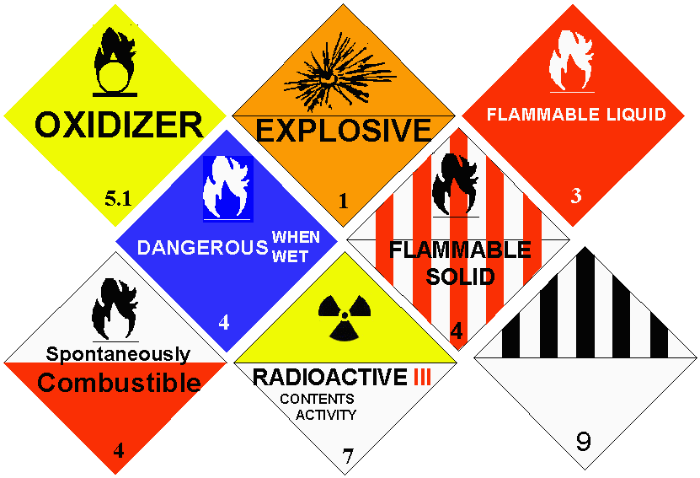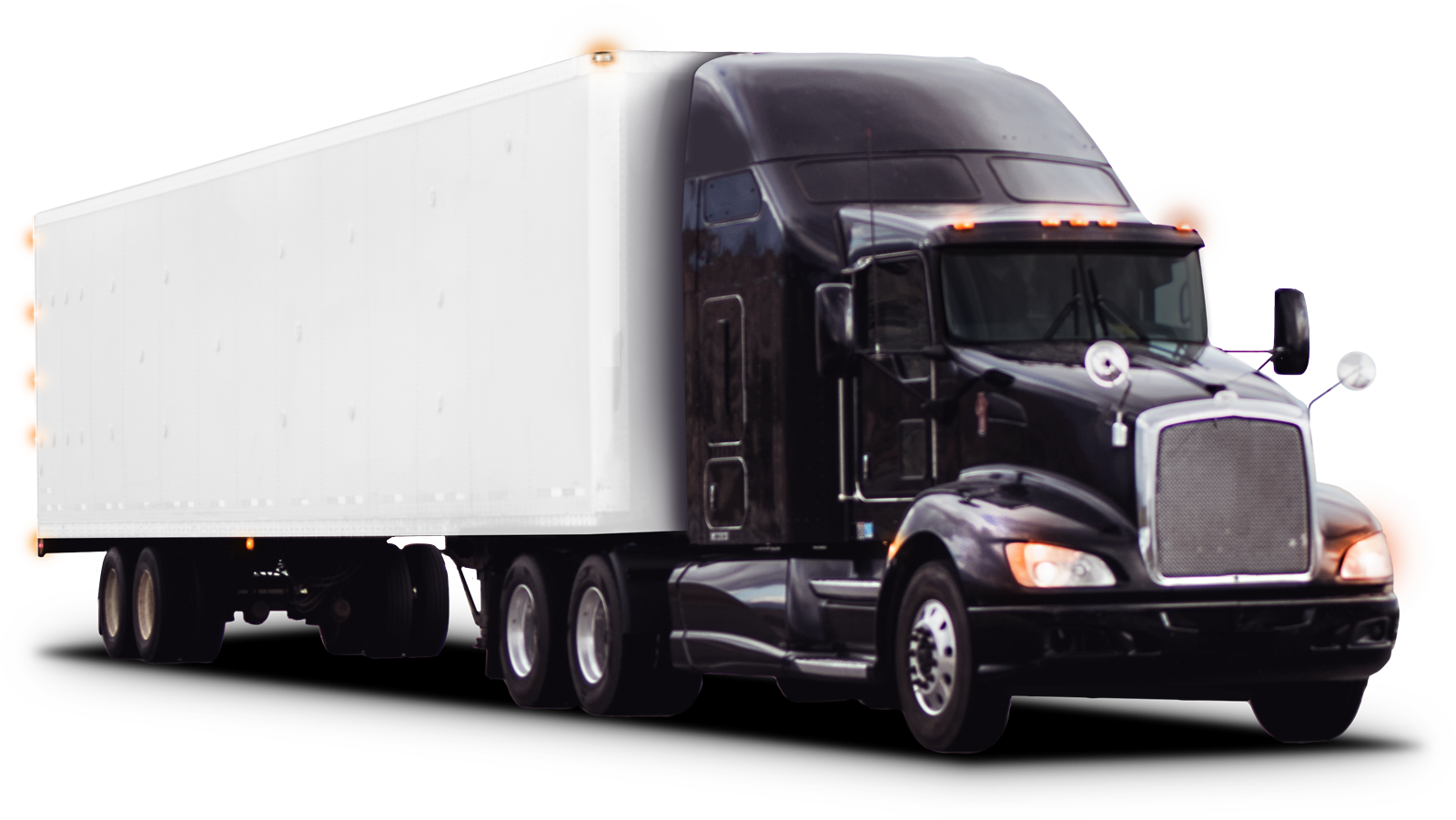One of the first steps in properly handling the disposal and management of hazardous waste is figuring out how much garbage your business produces. You can’t just throw away your hazardous waste like regular garbage since there are strict regulations in place regarding its disposal. Identifying the characteristics of the garbage in question is the first step in determining whether or not your company is dealing with hazardous waste.
Call us at 951-545-7374 if you need assistance conducting a waste audit at your company. Our company is dedicated to becoming the go-to source for low-cost, nationwide hazardous trash removal services for companies and nonprofits.
Characteristic of Wastes
F-List Wastes: Wastes from manufacturing and industrial processes are referred to as “manufacturing process wastes” to denote that they come from a generic source. Exhausted cleaning chemicals are a typical F-list waste.
K-List Wastes: These byproducts originate in particular sectors of the economy. Industries that manufacture pesticides and petroleum also generate k-list wastes throughout their manufacturing processes.
P-List Wastes & U-List Wastes: Pure, unused forms of toxic chemicals are found in both P-list and U-list wastes. Chemicals used in agriculture and medicine are respectively known as P-list and U-list wastes.
The EPA uses a four-factor classification system to classify hazardous waste:
- ignitability – something flammable
- corrosivity – something that can rust or decompose
- reactivity – something explosive
- toxicity – something poisonous
Each of these broad classifications has its defining features that make it easier to pinpoint the hazardous waste at hand.
Ignitability
The term “ignitable waste” refers to any hazardous waste with a flashpoint below 140 degrees Fahrenheit. The inability to extinguish fires easily makes combustible wastes a potentially dangerous chemical.
Corrosivity
Common examples of corrosive waste include acids and bases, as well as anything that might cause steel to rust, melt, or disintegrate. Corrosive wastes include any aqueous waste with a pH greater than 12.5, or lower than 2.
Reactivity
In general, wastes that are explosive or otherwise unstable are categorized as reactive. Explosive waste often consists of high-pressure or high-temperature gases, although it can refer to any material with sufficient energy to cause an explosion.
Toxicity
The term “toxic waste” refers to materials that, if consumed or absorbed by the body, could result in death. When it comes to toxic waste, lithium-sulfur batteries are a prime example due to the fact that they can be fatal if ingested.
Properly Disposing of Hazardous Waste
In order to safeguard the environment and limit the risk of contamination to employees and customers, the law mandates that all businesses properly manage their hazardous waste. All trash hauled must adhere to the rules set forth by the Department of Transportation in regards to the transportation of hazardous materials. The proper hazardous waste placards must be displayed on all shipments of hazardous waste.
Hazardous waste must be dealt with according to strict regulations in order to prevent damage to the environment and the potential for human injury or death as a result of contact with the waste.
Call us at 951-545-7374 or Contact Us to get a free, no-obligation quote on how we can help take care of your Hazardous Waste needs.



